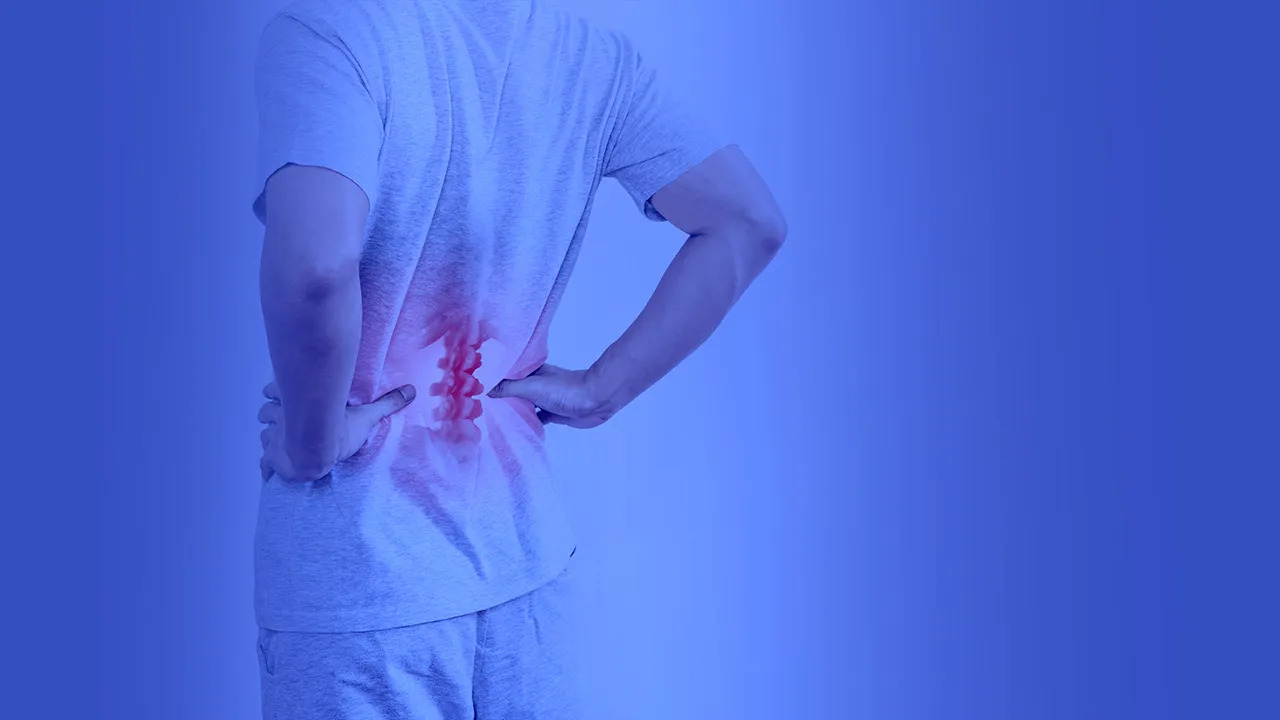Low back pain is a prevalent condition affecting millions worldwide. It can range from mild discomfort to excruciating pain, leading to limitations in daily activities and reduced quality of life.
• Muscle Strain: One of the most common causes, often due to poor posture, lifting heavy objects, or sudden movements.
• Herniated Disc: When the cushion-like discs between the vertebrae become damaged, leading to nerve compression and pain.
• Degenerative Disc Disease: Gradual wear and tear of the spinal discs over time, resulting in pain and reduced mobility.
• Spinal Stenosis: The narrowing of the spinal canal, putting pressure on the nerves and causing back pain.
• Arthritis: Osteoarthritis and rheumatoid arthritis can affect the spine, leading to chronic low back pain.
• Sciatica: Compression or irritation of the sciatic nerve, causing radiating pain from the lower back to the legs.
• Dull, aching pain in the lower back, sometimes accompanied by muscle stiffness.
• Pain that radiates to the buttocks, hips, or legs.
• Difficulty standing up straight or walking.
• Muscle spasms and localized tenderness.
• Limited range of motion and reduced flexibility.
• Medical history and physical examination.
• Imaging tests such as X-rays, MRI scans, or CT scans.
• Nerve function tests, such as electromyography (EMG), to assess nerve response.
• Conservative Management: This may include rest, pain medications, hot/cold therapy, physical therapy, and chiropractic care.
• Exercise and Stretching: Strengthening the back and core muscles can help alleviate pain and prevent future episodes.
• Medications: Non-steroidal anti-inflammatory drugs (NSAIDs), muscle relaxants, or analgesics may be prescribed to manage pain.
• Injections: Epidural or facet joint injections can temporarily relieve severe cases.
• Surgery: Reserved for specific conditions, such as herniated discs or spinal stenosis, when conservative treatments fail.
To reduce the risk of low back pain or prevent its recurrence, it’s advisable to:
• Maintain good posture during daily activities and when sitting.
• Engage in regular exercise to strengthen the back and core muscles.
• Lift and carry objects using proper techniques, using your legs rather than your back.
• Avoid a sedentary lifestyle and incorporate movement breaks throughout the day.
Low back pain can significantly impact one’s quality of life, but with appropriate management, most cases can be effectively treated or alleviated.

Comments are closed.